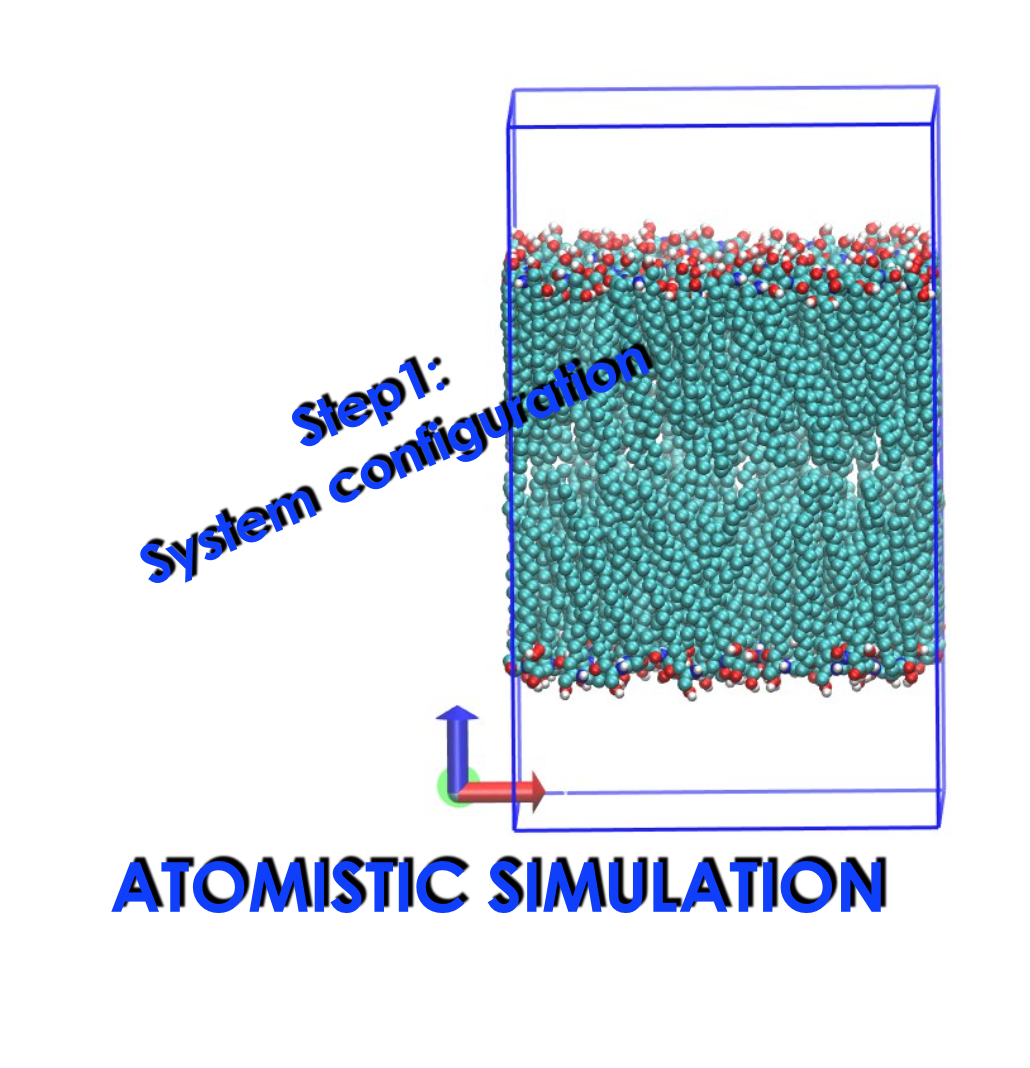Neutron Reflection (NR) is a highly credible, non-destructive technique used to study the interfaces. It helps to define the interface properties between different material layers, and these layers can be studied with the resolution of the order of angstroms. By measuring the position of interfaces between different materials, the thickness of the layer can be obtained while the density and the contained molecular species of the studied layer can be figured out from the neutron scattering length density distribution profile [1].
NR offers greater structural resolution, particularly with the help of deuterium labeling to lipid, solvent and lead polymeric nano-object. Specular reflection can be used to determine the structural distributions of lipid and lead molecule and their relative location along the surface normal direction whilst off-specular neutron reflection offers useful information about lateral structural morphology, e.g., large scale structural defects or undulations. NR can also be applied to selected systems where nano-objects or nano-object-therapeutic complexes show large affinity to different membranes to determine the structural implications.
Simplified diagram of a neutron reflectivity instrument [3]
Small-angle neutron scattering (SANS) is an experimental technique that uses elastic neutron scattering at small scattering angles to investigate the structure of various substances at a microscopic scale of about 1 – 100 nm [2]. SANS can be used to study vesicular systems by determining the thickness and volume fraction of lipid bilayers surrounding vesicular systems when measured in D2O or other appropriate isotopic contrasts. Similar to NR, partial deuterium labeling can help improve structural resolution concerning the packing within the membrane bilayer and the extent of intermixing or association of polymers or nano-objects-therapeutic complexes.
The NR and SANS instruments are available at Neutron facilities such as the Institut Laue-Langevin (ILL) in Grenoble, France and the ISIS neutron source in Oxfordshire, United Kingdom.
References:
[1] NR, http://en.wikipedia.org/wiki/Neutron_reflectometry [2] SANS , http://en.wikipedia.org/wiki/Small-angle_neutron_scattering [3] L.A. Clifton et al. “Examining protein–lipid complexes using neutron scattering”, Methods Mol. Biol, 974, pp. 119-150, 2013

